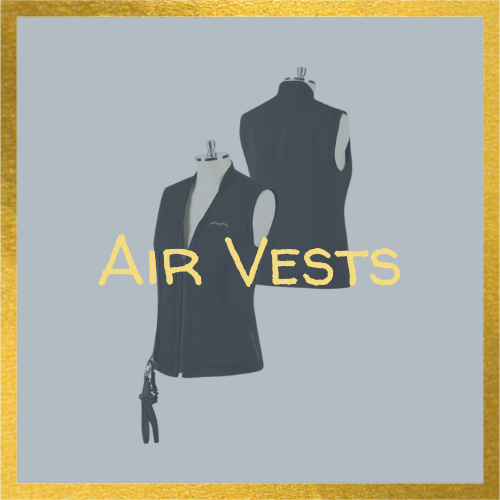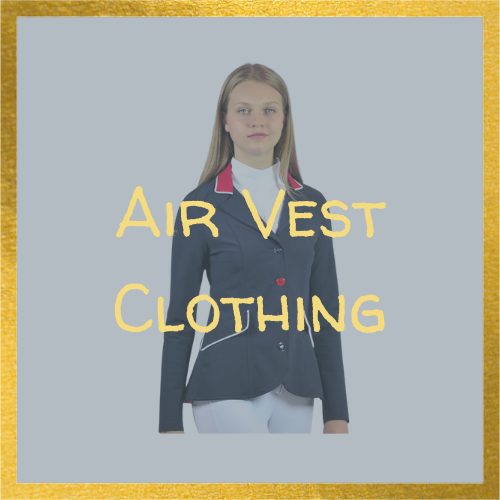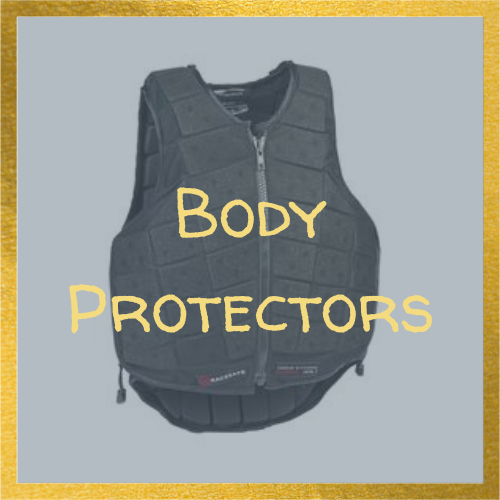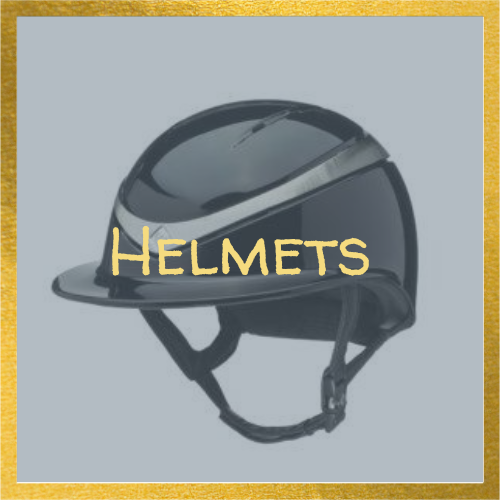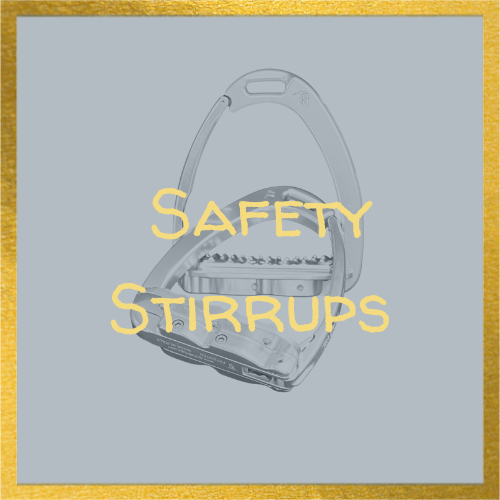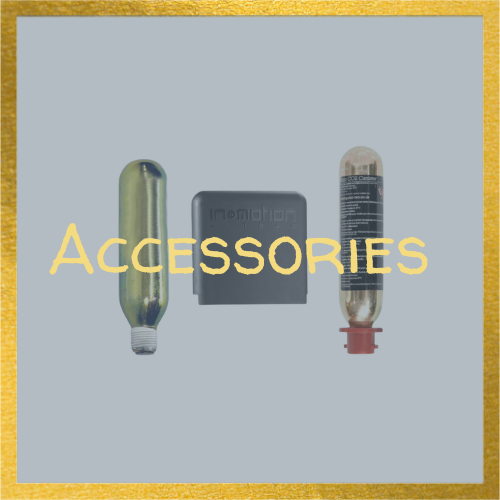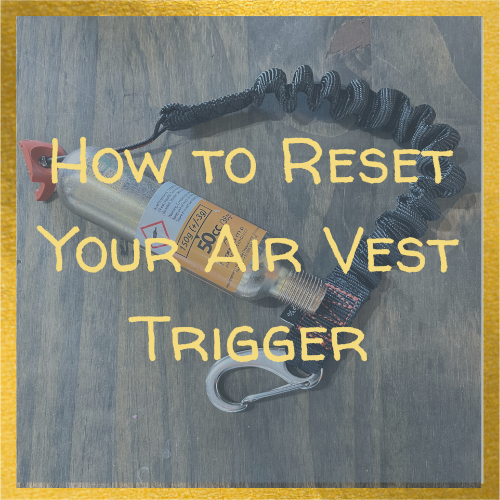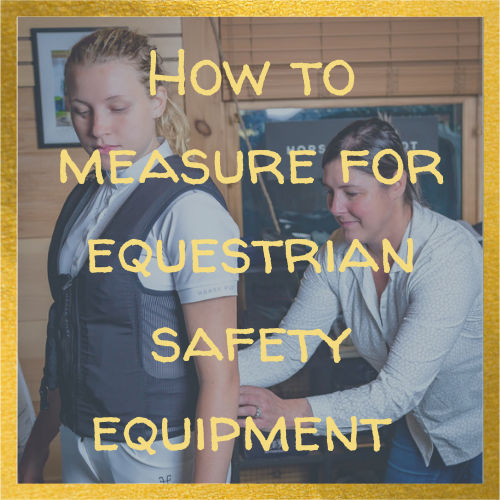Many riders haven't had the mechanics explained to them and they haven't had the time to research or think about it. But it's important to understand because there are times when an air vest works, and times when it doesn't.
Equestrian Air Vest History
Protective air vests were first developed for motor-cross, and then were adapted for equestrian use. To this day, nearly every air vest on the market started as a motorcycle product. Horse Pilot is one of the exceptions, having designed their vest with equestrians in mind from day 1.
Air Vest Construction
Air vests are generally comprised of five key components.


- Air Chambers - each air vest is made of a series of air chambers strategically places over critical anatomical areas to provide maximum protection to those areas.
-
Gas Canister - compressed CO2 is housed in a canister, and when the canister is pierced, the air is deployed into the air chambers to inflate the vest. All air vests that were adapted from motor-cross use the same canister design, which is an oblong metal tube with a flat hard backing between the canister and the rider's torso. The Horse Pilot canister is different - is houses four small gas compartments into a single casing. The back side of the canister is curved to sit ergonomically and comfortably against the rider's torso.

- Trigger - each air vest has a trigger that shoots a piston (or in the case of Horse Pilot, multiple pistons) into the gas cartridge, thereby releasing the CO2. The trigger is activated when a key-ball is pulled out of the trigger mechanism.
-
Lanyard - the lanyard attaches the vest to the saddle. On one end is a clip that snaps onto a saddle strap and on the other is the key ball that fits into the trigger. The lanyard is a bungee that allows for stretch before activating the trigger.


- Saddle Strap - a nylon strap that is installed onto your saddle's stirrup bars. For most air vests, a metal ring will sit in front of the pommel of the saddle and the rider clips the lanyard onto that ring. In the case of Horse Pilot, the clip is magnetic and is closer to the vest. The saddle strap is adjustable and should be set to the correct length.
Activating the Air Vest
The air vest is activated as a result of a rider separating from the saddle. This may be due to a rider fall or a dismount without unclipping the vest. Many riders are concerned about a vest deploying when not intended, for example, when getting jumped loose or left behind. If the saddle strap is adjusted correctly, this should not occur except in extreme circumstances.
When a rider is separated the pressure on the lanyard results in the key ball pulling out of the trigger, thereby shooting the piston into gas cartridge and deploying the CO2.
The air will start bleeding out of the vest automatically and the vest will self deflate. Some vests will require minimal tucking, snapping, and/or velcroing to put it back together to be used again. In all cases after deployment, the trigger will need to be reset and the gas canister replaced.
If the rider does not separate from the saddle, the air vest will not deploy (note bold red font). This means that an air vest is not 100% safe for every fall scenario. For example, if the horse falls with the rider, and the rider doesn't separate from the horse, the air vest will not deploy. It's important to understand the limitations of an air vest so you aren't surprised when it doesn't go off.
Every piece of protective equipment has its limitations. As long as you know what those limitations are, you can make the best decisions about what products to use to maximize your safety.
Follow us on social!

